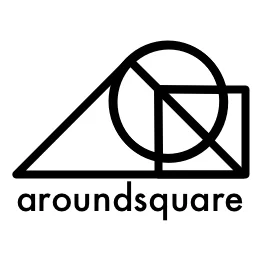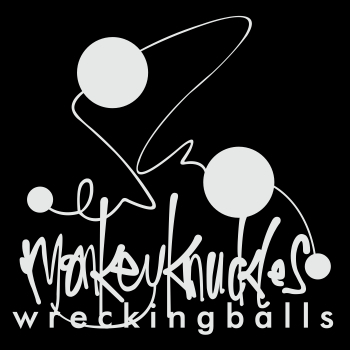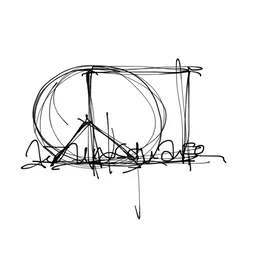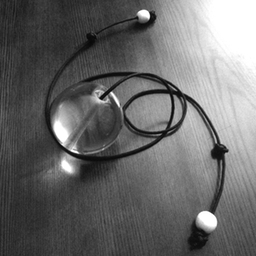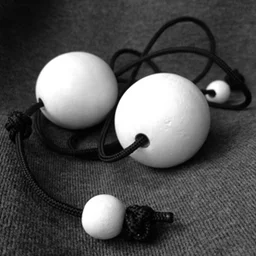aroundsquare X yomega
/Aroundsquare is freaking excited to announce a new partnership with Yomega for the production and worldwide distribution of Monkey Knuckles. For those of you who have been following Aroundsqare, you'll know that this is a project that's been in the making for over a decade. Monkey Knuckles was first developed back in 2003, and at that time, it was a crude handmade item, with a player community of one.
Read More




